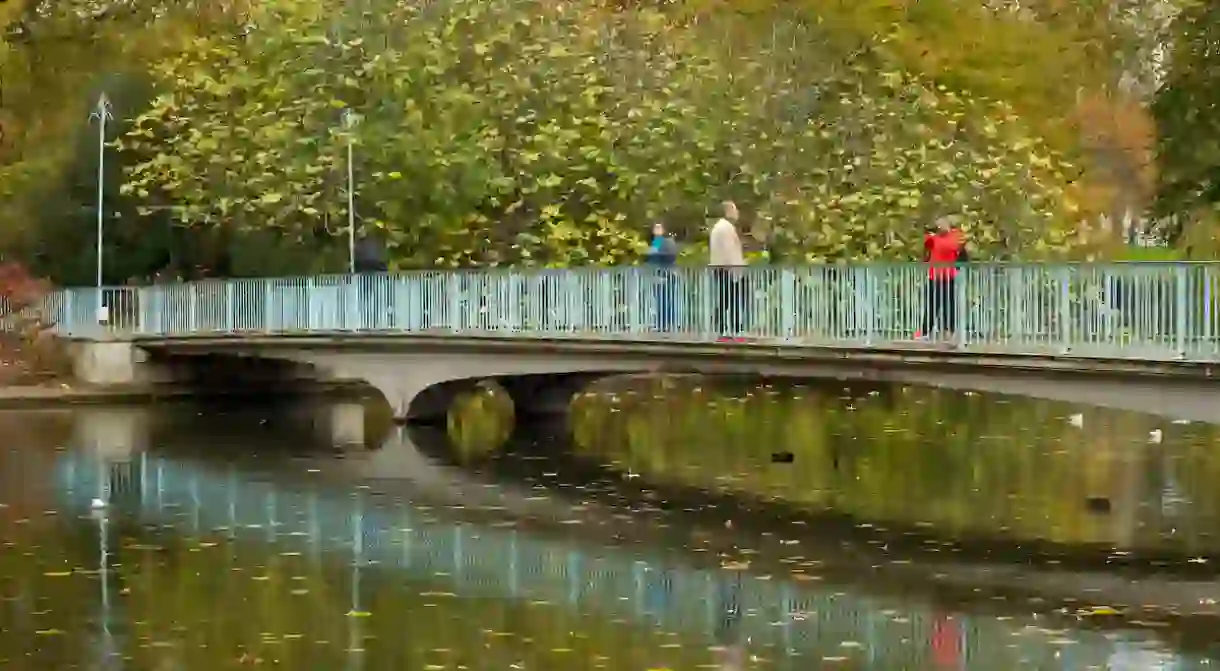The History Of St. James's Park, London, In 1 Minute

St. James’s Park near Buckingham Palace wasn’t always the best place in London for a luxurious stroll…discover the history of one of London’s best parks below.
The oldest of the eight Royal Parks, St. James’s Park was once a water-meadow, a swampy wasteland when the River Tyburn would flood on its way through to the Thames. Known for its farms, where pigs grazed day in and day out, and the surrounding woods in the area, in the 13th century a hospital for lepers was founded, and the park gained its name from the hospital.
In the early 16th century, King Henry VIII sought St. James’s Park as ideal land for more deer hunting – which was a popular pastime for kings and queens at the time – and built a hunting lodge, which later became St. James’s Palace. However, it was King James I who improved the drainage and controlled the water in the park before bringing a various collection of animals to the park – camels, crocodiles, elephants and aviaries of exotic birds – and opening the park to the public.

When Charles II became king, after witnessing the French royal family’s impressive gardens, he brought French landscaper Andre Mollet to redesign the park in 1660, with welcoming avenues of trees, a lawn and a straight canal to the park. In 1664, a pair of pelicans was presented to the king by a Russian ambassador, becoming a tradition that is still offered to the park by foreign ambassadors to this day.
However, it wasn’t until the 1820s that large scale changes were made, creating a more naturalistic and romantic park. Commissioned by the Prince Regent, later George IV, this project was overseen by architect and landscaper John Nash, and completed within one year: the canal became a curved lake, winding paths were added to the greenery, and the traditional flower beds were replaced with fashionable shrubberies.
Since the major alternations by Nash took place, only small changes have been made, including an elegant suspension bridge added across the lake in 1857, which was replaced by a concrete bridge 100 years later. For generations, millions of locals and tourists alike have witnessed the evolution of St. James’s Park, to what it is today: one of the most romantic and ancient parks in London.
📅 Open daily, 5AM – midnight













